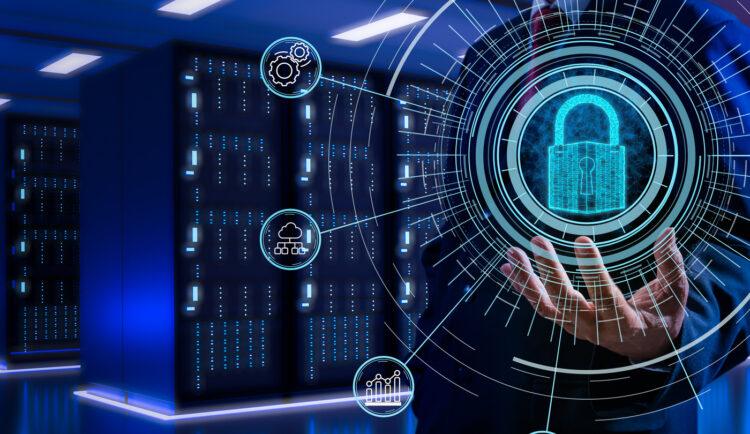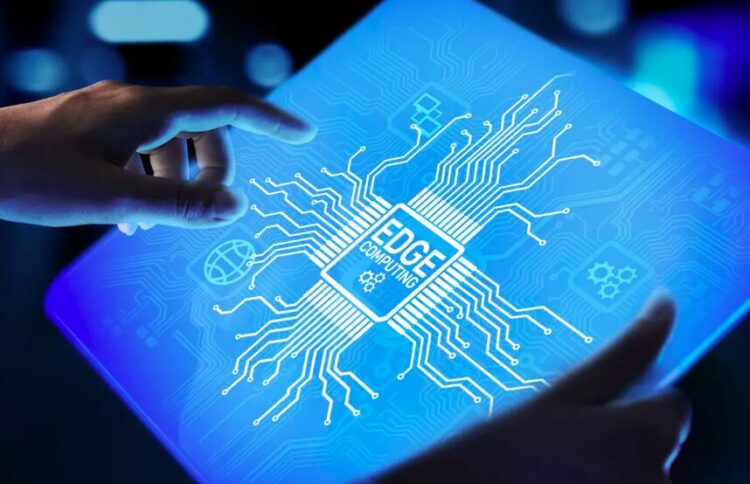In the age where every click, scroll, and online interaction matters, guarding our virtual havens by investing in an effective cyber security service has become paramount.
As the digital frontier expands, so does the challenge of safeguarding its vast territories. The realm of cybersecurity isn’t just a tech-centric pursuit anymore; it’s a global conversation and an ever-evolving dance between defenders and infiltrators.
“The Future of Cybersecurity Services: Trends to Watch” serves as your compass in this rapidly changing landscape. This blog aims to chart the uncharted, spotlighting the imminent changes and pivotal moments that will redefine our understanding of digital safety.
Join us, as we delve deep into the human-centric nuances of tomorrow’s cybersecurity narratives.
1. Zero Trust Architecture

Gone are the days of blindly trusting anything inside or outside your network. Zero Trust Architecture (ZTA) is an approach that requires continuous verification before granting access to any device or user, regardless of their location.
Why you need to care
- Reduces attack surface: ZTA minimizes the risk of insider threats and external attacks.
- Improved visibility: You can monitor and control access more effectively.
- Enhanced data protection: Data is protected by strong encryption and access controls.
2. AI-Powered Threat Detection
Artificial intelligence is revolutionizing threat detection, so you’ll probably find it as part of the cyber security service you choose to leverage. Machine learning algorithms analyze vast amounts of data to identify unusual patterns or suspicious activities, allowing cybersecurity professionals to respond swiftly to potential threats.
Why you need to care
- Real-time detection: AI can detect threats in real-time, reducing response times.
- Fewer false positives: Improved accuracy means fewer unnecessary alarms.
- Adaptive defense: AI adapts to evolving threats, staying one step ahead.
3. Cloud Security
As more businesses migrate their operations to the cloud, securing cloud environments becomes paramount. Cloud security services are evolving to protect data, applications, and infrastructure hosted in the cloud. For more info, read here.
Why you need to care
- Scalability: Cloud security scales with your business, ensuring continuous protection.
- Compliance: Many cloud providers offer compliance certifications, simplifying regulatory adherence.
- Advanced threat detection: Cloud-based security solutions can analyze massive datasets for threats.
4. Biometric Authentication

Passwords are notorious for their vulnerabilities. Biometric authentication, such as fingerprint recognition, facial recognition, and voice recognition, is gaining prominence as a more secure way to verify identity.
Why you need to care
- Enhanced security: Biometrics are difficult to fake or steal.
- User-friendly: Authentication becomes more convenient and user-friendly.
- Reduces password-related issues: No more forgotten passwords or password resets.
5. Blockchain for Security
Blockchain technology, known for its role in cryptocurrency, is finding new applications in cybersecurity. Its decentralized and immutable nature makes it a robust tool for securing sensitive data and transactions.
Why you need to care
- Immutable records: Transactions and data are stored in a way that cannot be altered, ensuring trust.
- Enhanced identity management: Blockchain can improve identity verification and authentication.
- Resilience against attacks: It’s difficult for attackers to compromise a decentralized network.
6. Incident Response Automation
Incident response automation streamlines the process of identifying, assessing, and mitigating cybersecurity threats. It uses predefined workflows and AI to react swiftly to security incidents.
Why you need to care
- Faster response times: Automation reduces human intervention, speeding up incident resolution.
- Consistency: Automated responses follow predefined protocols, minimizing errors.
- Resource efficiency: Allows security teams to focus on strategic tasks rather than repetitive ones.
7. Security Awareness Training

In an age where human error remains a significant cybersecurity risk, security awareness training is more critical than ever. It educates employees and individuals on recognizing and mitigating security threats.
Why you need to care
- Human firewall: Educated employees are the first line of defense against social engineering attacks.
- Reduced risk: Training reduces the likelihood of falling victim to phishing scams and other attacks.
- Compliance: Many industries require security awareness training to meet regulatory standards.
8. Supply Chain Security
Supply chain attacks, where cybercriminals target vulnerabilities in a company’s suppliers or partners, are on the rise. Ensuring the security of your entire supply chain is becoming a top priority.
Why you need to care
- Protects critical infrastructure: Ensures that no weak links exist in your supply chain.
- Regulatory compliance: Many regulations now mandate supply chain security practices.
- Business continuity: Protecting your supply chain helps prevent disruptions.
9. Quantum Computing Resistance
While quantum computing promises incredible computational power, it also poses a significant threat to current encryption methods. Cybersecurity experts are working on quantum-resistant encryption techniques to safeguard data in the post-quantum era.
Why you need to care
- Future-proofing: Preparing for quantum threats ensures your data remains secure.
- Long-term protection: Quantum-resistant encryption will remain effective for years to come.
- Compliance: Future regulations may require quantum-resistant encryption.
10. Edge Computing Security

With data being processed closer to where it’s generated (at the edge of the network), rather than in a centralized cloud server, edge computing brings forth unique security challenges. Edge devices can be more vulnerable to attacks, necessitating specialized security solutions.
Why you need to care
- Decentralized Threat Landscape: Multiple edge devices mean more potential points of vulnerability.
- Data Integrity: Ensuring that data remains unaltered during transfer and processing is crucial.
- Remote Management: As edge devices are scattered, remote security management becomes imperative.
11. Behavioral Analytics
Rather than solely relying on traditional security measures, behavioral analytics track and analyze user behavior to detect anomalies. If a user’s behavior deviates from established patterns (e.g., accessing files they’ve never accessed before), it might signal a breach.
Why you need to care
- Proactive Detection: Pinpoints security threats before they can cause significant harm.
- Insight into User Behavior: Helps organizations understand how users interact with their systems.
- Reduced False Alarms: Understanding typical user patterns, reduces the chances of false positives.
12. Privacy-Enhancing Technologies (PETs)
As data privacy regulations become stricter, Privacy-Enhancing Technologies, which allow data to be used without compromising privacy, are becoming essential. Examples include homomorphic encryption and differential privacy.
Why you need to care
- Regulatory Compliance: Helps organizations meet privacy regulations.
- Data Utilization without Exposure: Companies can analyze data without directly accessing sensitive information.
- Building Trust: Assures users that their data is used responsibly and securely.
Conclusion
The future of cybersecurity services is bright, with innovations that promise to keep our digital world safer than ever before. From the rise of CaaS and Zero Trust Architecture to AI-powered threat detection and quantum computing resistance, these trends will shape the way we protect our digital assets in the coming years.







